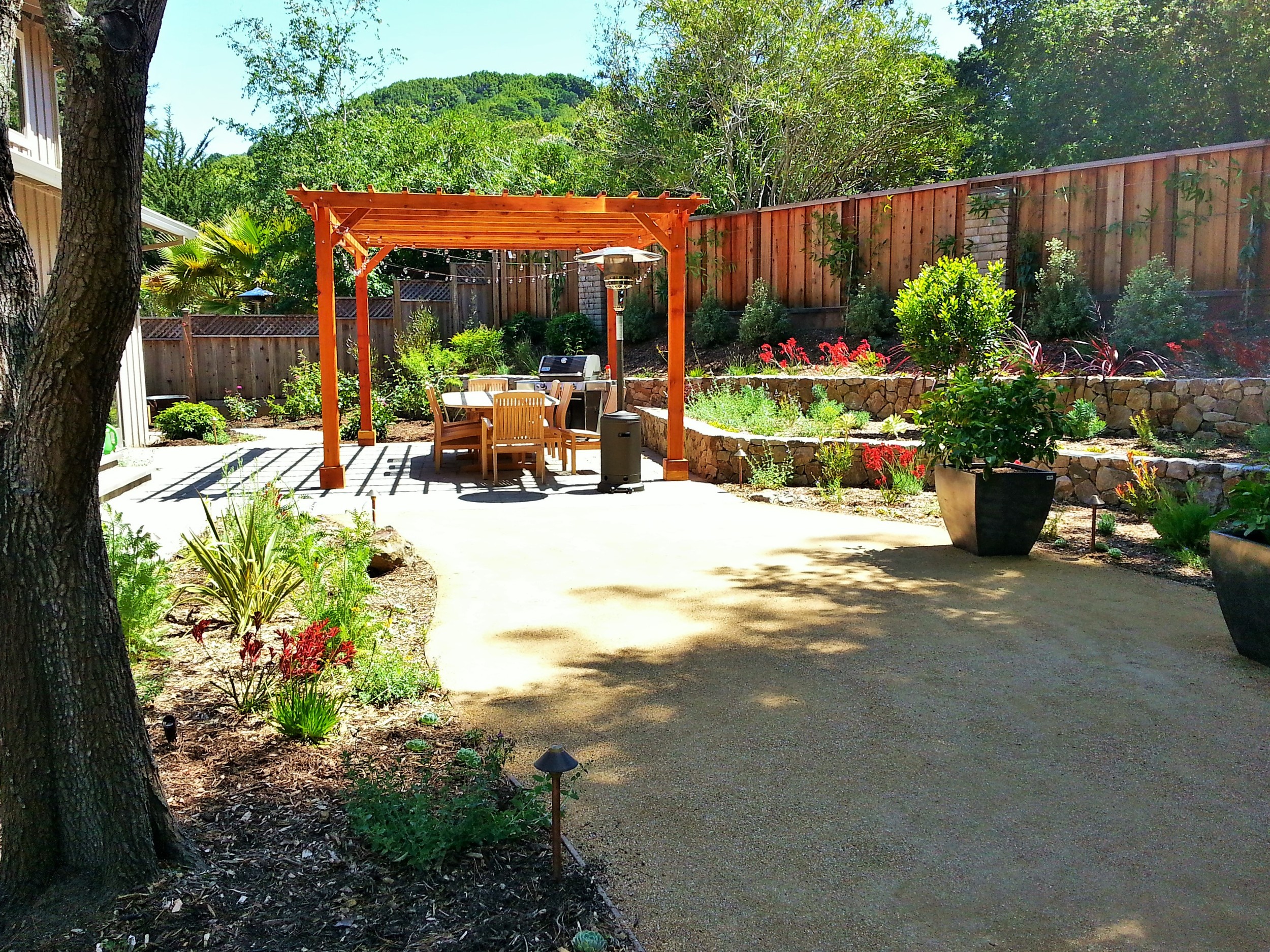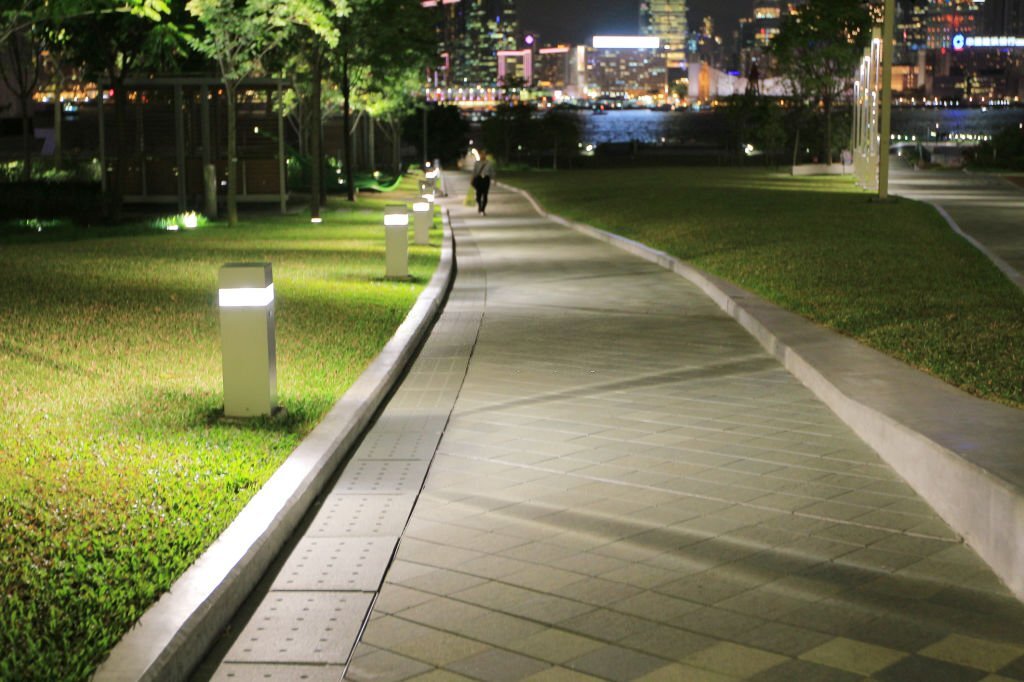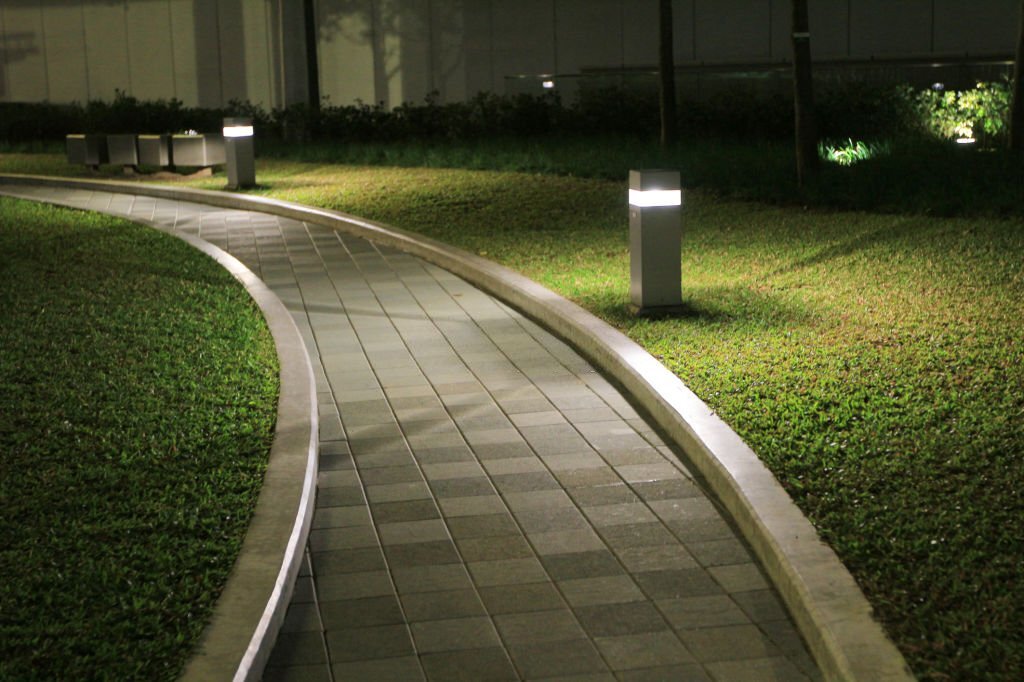Pavers and pergolas are a beautiful solution to decorate gardens, backyards, balconies, and other outdoor areas in a versatile and functional way. They harmonize well with any style of decoration, in addition to promoting thermal comfort and composing that cosy corner. But do you know how to make pergolas at home?
Many people have doubts about the size of the structure, the most suitable materials, and even about the need for municipal authorization to build residential pergolas.
That’s why we prepared this post. Here, you will find all the necessary information to make a practical and very stylish pergola. Read on!

Pavers and Pergolas
Is Approval Required Dor Building Pergolas?
As a rule, residential works require prior authorization when they involve increasing the local area or when changing the structural characteristics of the property. Minor repairs or renovations, such as external painting and changing coatings, can easily be carried out without the need for a municipal permit.
In the case of pergolas, it will depend on the type of structure you intend to build. If it is only the pergola with beams and without cover, you do not need authorization from the city hall. But, if you choose a roof, the pergola will count as a built-up area, which would require a prior license for construction.
Especially if you live in a condominium, you will also need to observe the building regulations. After all, it is common for condominium rules to prevent the construction of structures that modify the facade or the pattern of apartments. So, be sure to check the current status.
In a nutshell, we can say that the regularization of the project will depend on the rules of the building and the municipal procedures of your city since the application and the charging for the permit usually vary from one municipality to another.
The ideal is to consult the city hall and regularize the construction as soon as you decide to do it. Postponing the process or starting to build the pergola without a permit may lead to future problems, such as fines or embargoes.
What to Watch Before Making a Pergola at Home?
In addition to the issuance of municipal licensing, there are other crucial aspects for you to consider before making the pergola at home. Because every successful project needs to be well planned, right? Let’s look at some of the main requirements!
NEED
Before you even think about how to make a pergola, think about your interest: why do you want to build it? Is the intention to make a purely decorative structure, or is there a specific need, such as improving thermal comfort and privacy on-site?
Usually, people try to combine these two factors. First of all, this is because the pergolas have everything to do with the decoration of outdoor areas, contributing to the relaxing atmosphere of these places second, because the pavers and pergolas are a perfect solution to bring more comfort and functionality to the environments.
SIZE
There is no specific rule regarding the size of a pergola. This will depend more on the dimensions of your external area. However, it is worth remembering that the proportions must be respected. So, nothing to make a huge pergola if your leisure area is not that big, as the rest of the space may be compromised.
Likewise, a very small pergola in an extensive garden is also disproportionate. Thus, the structure would go unnoticed in its decor. And that is not the intention. Right?
So, in order not to make mistakes, think about the dimensions of the space and the size of the structure. To guide your project, consider a minimum size of 6 m in area, with a height of at least 2.30 m. Thus, the comfort and functionality of the pergola will be guaranteed.
LOCALIZATION
You may have seen many pergolas indoors, such as in shopping malls or restaurants. But, when it comes to making pergola at home, the outdoor areas must undoubtedly be privileged. Backyard, garden, and balcony are the champion places of choice in the construction of the pavers and pergolas, as the structure favours the air conditioning of these environments and also promotes interaction in moments of conviviality.
Not to mention that the pergolas are naturally integrated into the landscaping of the outdoor areas, creating a much more beautiful and refined atmosphere for you and your guests to enjoy the space better.
However, before defining the ideal corner, it is essential to also consider the sun’s trajectory at the point in question to make sure that the cover will provide adequate shading during those hours with the greatest solar incidence.
What are the Most Suitable Materials?
WOOD
Wooden pergolas are unanimous on the subject. In addition to the versatility and warmth typical of this material, wood is perfect for landscape projects because of its naturalness and lightness, especially if you are a lover of rustic decor.
The only caveat is with regard to the choice of raw material, which needs to be guaranteed origin and have specific treatment to withstand the weather. Still, it will be necessary to periodically maintain the pergola with waterproofing and varnishing to keep the structure always protected and with a characteristic shine.
ALUMINUM
If the wood is perfect for the most rustic proposals, we can say that aluminium is synonymous with modern decor. With a more contemporary concept, this material dialogues very well with clean and minimalist decor styles, but without going unnoticed in the composition.
In addition to the beautiful design, another great advantage of opting for aluminium pergolas is that the material offers high resistance to weather conditions, requiring much less maintenance compared to wood, for example. Not to mention that the structure is much lighter, even allowing you to compose movable or demountable pergolas.
MASONRY
Ok, we agree that the brick and cement structures have much more to do with the internal areas of the house. But, depending on the style of decoration of your garden, masonry pavers and pergolas can become the supreme of the style and refinement of the ornamentation. When combined with a glass ceiling, for example, it favours the perfect balance of the décor, without that risk of overloading the external area with materials considered heavier, you know?
Speaking of ceilings, we cannot fail to mention three simple but beautiful proposals for covering pergolas: straw, bamboo, or climbing plants. These options have everything to do with the trend of natural decoration, especially if you live in coastal regions. When combined with a woody structure, they further reinforce the naturalistic character of the composition.
Ready! Now that you know how to make a pergola at home, just let your creativity go and choose what type of structure best matches your home’s décor style and the features of your leisure area. In case you need professional help, don’t hesitate to contact Done Right.





